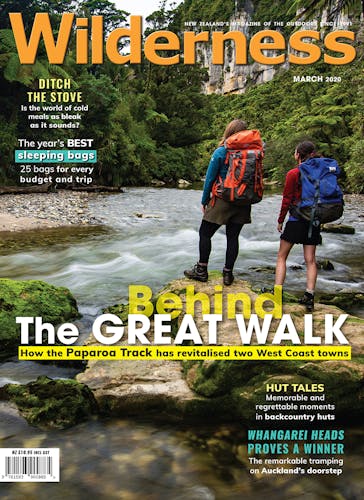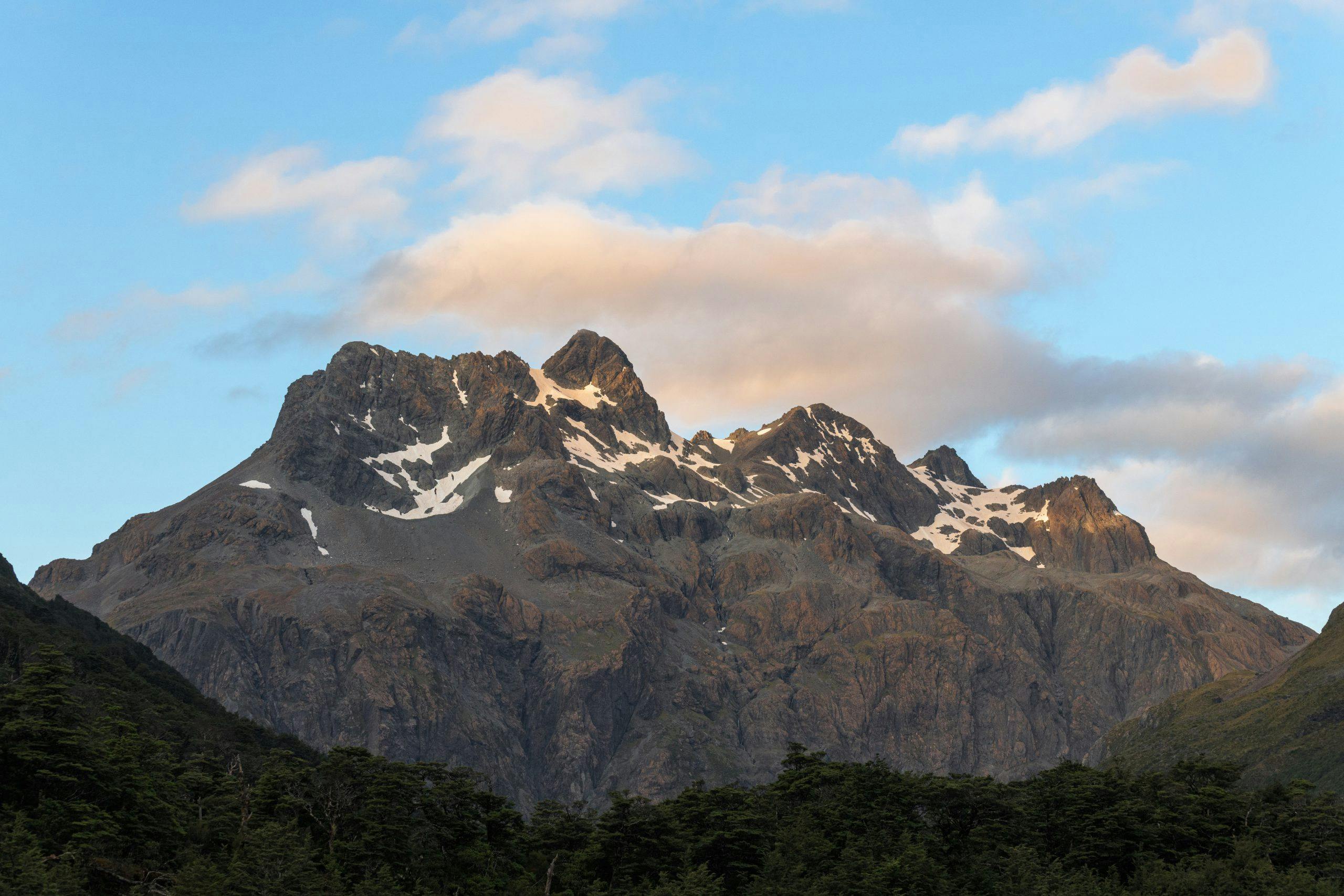Inspired by a young adventurer, Shaun Barnett finds six locations that share the name Carrington
Gerard Carrington died aged just 20, but despite his youth, the young mountaineer had already made a substantial impact on the development of outdoor recreation in Canterbury.
He is remembered to this day with a peak, hut and canyon in the Waimakariri Valley.
From 1919, tramping clubs began to form around New Zealand, and Carrington was part of a group that established Christchurch’s first tramping club in 1925. Initially called the Canterbury Tramping Club, the group soon expanded its range of activities to include mountaineering, and eventually became the Canterbury Mountaineering Club (CMC).
Carrington saw the need for shelter in the mountains and proposed a hut near the junction of the Waimakariri and White rivers, which would form a useful base for tramping and climbing trips. In 1926, he and others began packing in materials. Later that same year, after another packing expedition, Carrington, William Brassington and John Shannon decided to raft down the Waimakariri. Tragically, after their raft upturned, Carrington and Shannon drowned, while Brassington narrowly escaped.
Shocked CMC friends were at first too stunned to make progress on the hut, but soon rallied and Carrington Hut was opened in 1928, albeit with a dirt floor and without bunks. It was rebuilt in 1941, and then replaced with a much larger version in 1975.
A recent visit to Carrington Hut made me wonder which other parts of the backcountry feature the same name.
1. Carrington Creek and Ridge, Tararua Forest Park
The well-used Gentle Annie Track crosses Carrington Ridge, a short bush-covered spur that drops into the Mangatarere catchment. Carrington Creek is a tributary of the Mangatarere Stream.
While there are no formal tracks, trampers and hunters regularly navigate their way along the ridge. The name Carrington was probably given to it by the Carterton-based Booth family, who milled timber in the area during the late 1800s.
2. Carrington Ridge, Egmont National Park
Carrington Ridge snakes down from below the summit of Taranaki towards Holly Hut and was once the main route to the summit. Edged with bluffs, it’s not a place to take lightly, but the route is not overly steep.
Access is on an overgrown route behind Holly Hut. It’s named after Wellington Carrington, who, with two others, made the second Pākehā ascent of Taranaki in 1848.
3. Mt Carrington, Lake Sumner Forest Park
Not to be confused with the higher Carrington Peak, this more modest mountain (1743m) is nevertheless a significant summit rising above the Doubtful Valley. Trampers crossing Devilskin Saddle have a grand view of it.
4. Carrington Gorge, Waimakariri River
All Coast-to-Coast competitors have done battle with the whitewater of the Waimakariri, en route to paddling through Carrington Gorge. The gorge was named after Gerard Carrington, as this is where he drowned. Two other features in the gorge remember his companions: Shannon Cliffs and Brassington Rocks.
5. Carrington Hut, Arthur’s Pass National Park
The current Carrington Hut (36 bunks) is the third on-site. Lying at the junction of tracks leading to Barker Hut, Harman Saddle, and Waimakariri Falls, the hut gets a reasonable amount of use, but its large size ensures it’s rarely full. Easiest access is up the Waimakariri Valley, which takes 4-5hr.
6. Carrington Peak, Arthur’s Pass National Park
This shapely peak (2010m) stands like a castle, complete with formidable battlements around its midriff, and can be viewed to advantage from Carrington Hut. The track to Waimakariri Falls curls around the base of the mountain and its red ramparts rise steeply above the Waimakariri Falls Hut. It’s a worthy peak to carry the name of someone who contributed much.








